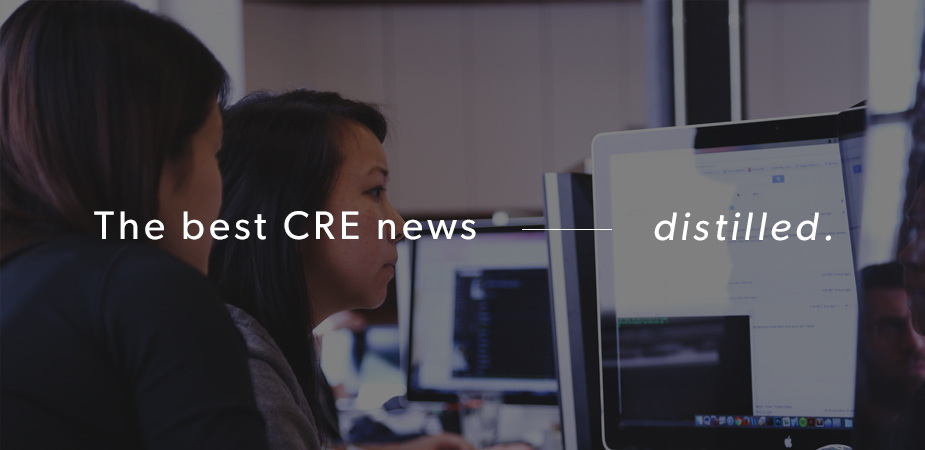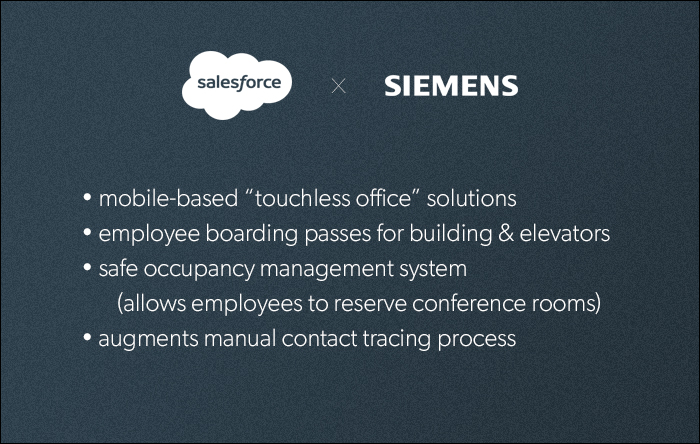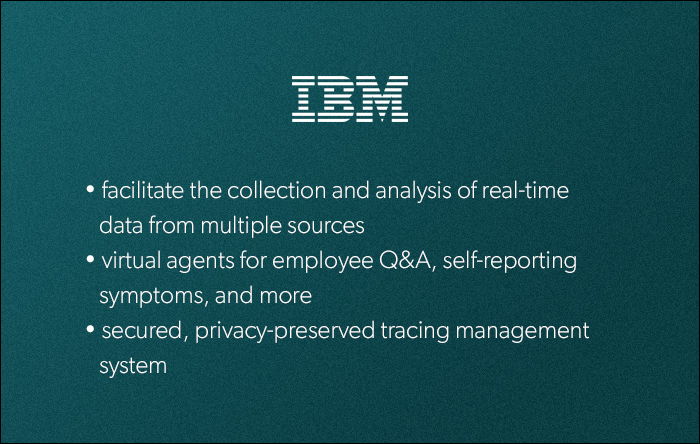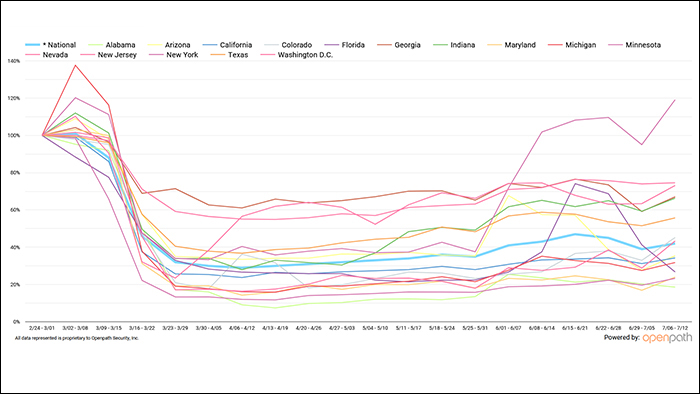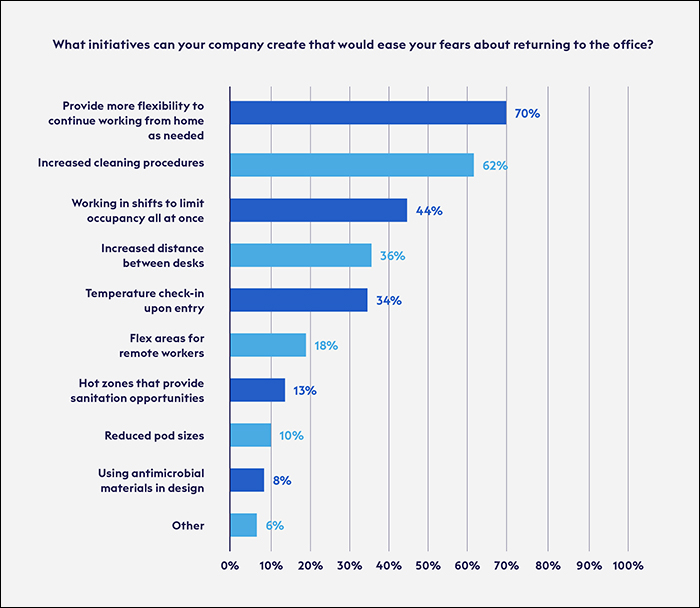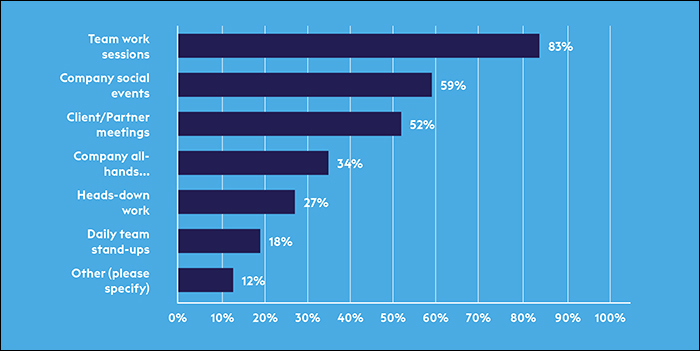We are all in search of answers that don’t quite exist yet. We’re juggling jobs and family, reading and research, wellness and productivity. We’re coworkers, psychologists, forecasters and medical experts, not to mention whatever our job titles say we are.
The Salve was created to be your partner. A collective of people under similar circumstances trying to fulfill similar roles, who are willing to share their findings to help shoulder the unreasonable workload of today.
Enjoying The Salve? Get the latest edition sent directly to your inbox!
There are a number of ways that a company can build a more data-driven workplace and an even greater number of reasons why it absolutely should. How space is being used, when it is being used, how long, and by whom is key information for this current time and space.
Not only is this used to ensure a safe workforce, but also to make informed and strategic decisions about a company’s workplace for the future. This data can let you know how much space you need, and what your workforce inside that space.
For a safe workforce, the question is about how you are able to monitor your space and the people inside it without compromising trust or privacy. Now more than ever, it is vital for companies to know how their space is being used, for how long, and by whom. This enables managers to ensure social distancing is being maintained, to properly schedule the cleaning of spaces, as well as simplifying contact tracing.
With the current necessity for a remote workforce, becoming a more data-driven company can be the key to maintaining a productive workforce. Data can uncover bottlenecks internally and externally. It can also provide visibility into an uncertain economy by revealing shifts in customer behavior and marketplace changes. It helps owners and managers set realistic goals for their employees, and thereby creates more transparency and less room for miscommunication… all of which are vital for maintaining an efficient and productive remote workforce.
The Harvard Business Review put out a helpful post in February for turning your business into a data-driven firm entitled “10 Steps to Creating a Data-Driven Culture” That is a good place to start.
Examples Of New Software In The Market
Salesforce & Siemens
The partnership will combine Salesforce’s Work.com and Smart Infrastructure solutions from Siemens to enable customers to make data-driven decisions based on real-time data in order to create a flexible framework for the future workplace experience.
IBM
Watson Works uses artificial intelligence (AI) models and applications to help companies navigate the return-to-workplace with data-driven insights to help employers make informed decisions on workplace re-entry, facilities management, and space allocation.
Paylocity
Paylocity, a leading provider of cloud-based HR and payroll software solutions, recently announced its new COVID-19 Return to Work offerings with a focus on remote engagement for managers, as well as structure and process for remote recruitment and onboarding.
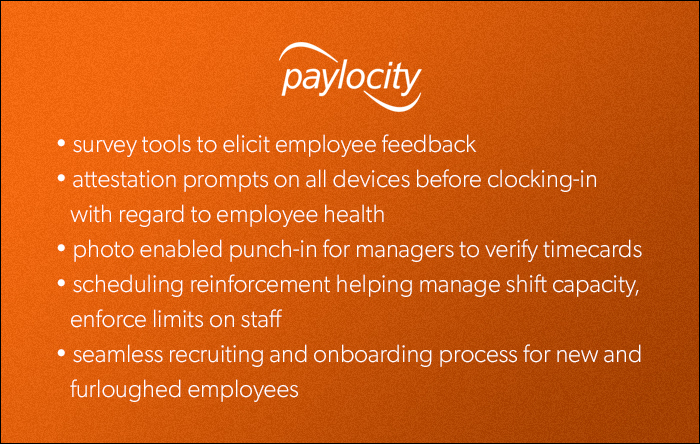
What We’re Currently Reading
Alissa Lydon, a senior product marketing manager and technology evangelist at Sauce Labs recently wrote a piece for CMSWire laying out the basics for a company to become data-driven during this pandemic. Here is an abstract of that article’s key points.
Customer Service – in lieu of face to face interaction, data is the main insight you have into your customers. Look at what the data tells you and don’t be afraid to ask customers for more info.
Marketing Insight – Focus on data-driven strategies such as A/B testing of web content and digital messages to better understand what resonates and why.
Testing Smarter – web and mobile applications aren’t just part of your business. They are your business. Insight and visibility can help testers create efficiencies and quickly identify and remediate common test failure patterns.
Internal Efficiencies – is your company using more cloud-based programs than you can keep up with? Collect input, dive into the usage data, and get a better understanding of who is using what tools and for what purposes and consolidate where possible.
Happily Distracted By
The keyless access firm, Openpath has provided real-time data using their consumer access control usage beginning the week of February 24th, 2020*, when all states were operating at 100%. It illustrates anonymized, national building access logs, by state and by industry, indicating how the nation reacts to the COVID-19 outbreak and social distancing protocol.
Taking Note Of
Flexible workplace provider, Knotel, recently put out a survey to a number of its users inquiring about their work styles before and since COVID-19. The resulting whitepaper is an interesting read. One concerning stat says that 30% of workers feel that working from home has had a negative impact on their connection to colleagues. If your concerned your employees feel the same, check out The Salve’s Culture & Experience issue from June.
Obviously, the most interesting sections to us were on the “Evolving Role Of The Workplace” and “Perceptions of Returning to the Workspace”. See charts below, and download the full report for more.
